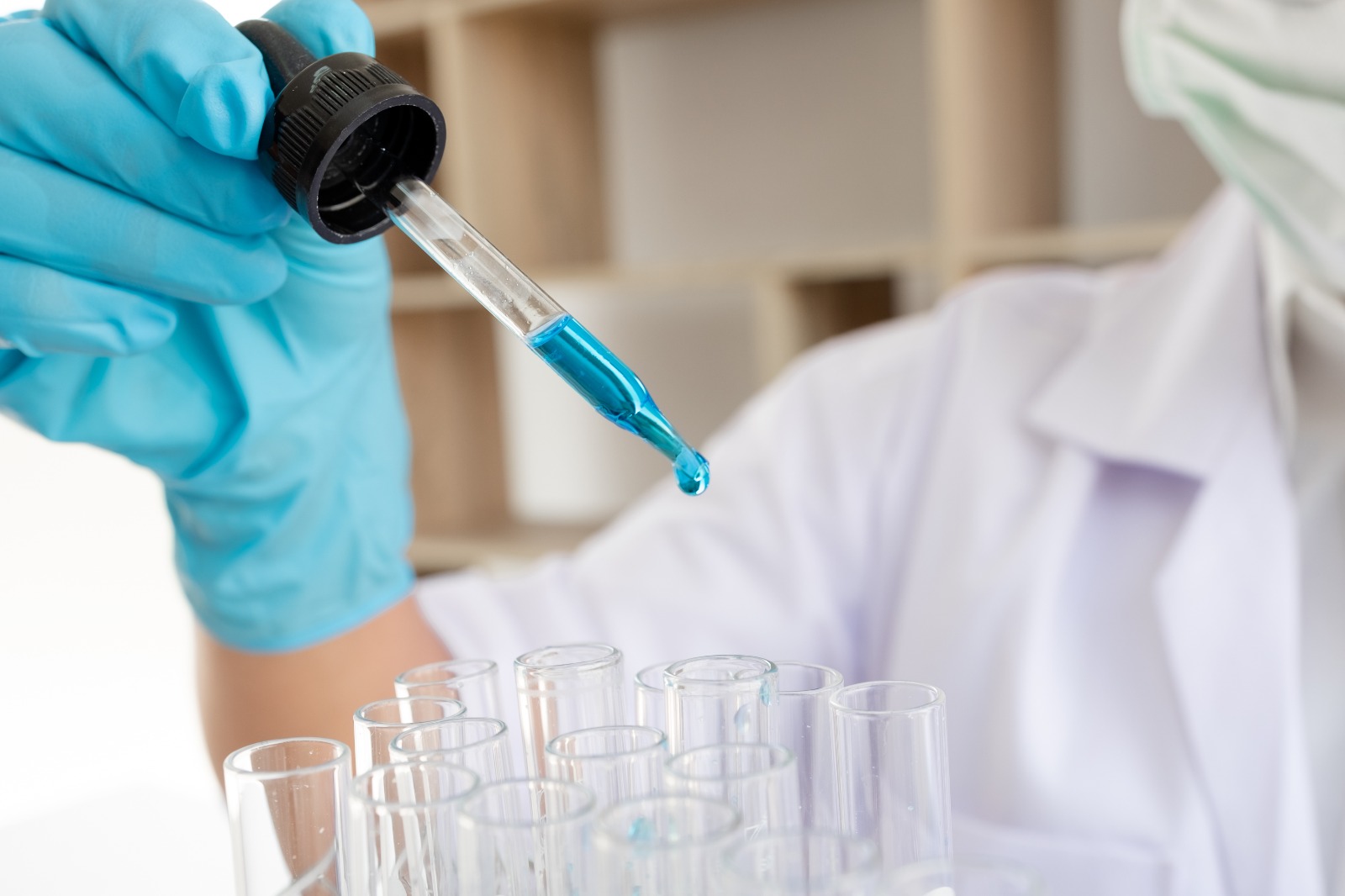- +353 (0)45 866266

Products destined for the equine industry can be tested against bacteria such as Rhodococcus equi, Streptococcus equi, the causative agent for Strangles, and fungal species such as Aspergillus niger. For the agriculture industry, products can be tested against mastitis-causing bacteria such as Streptococcus uberis, Staphylococcus aureus and E. coli. Agricultural disinfectants are also frequently tested against relevant serovars of Salmonella.
For further information please contact the laboratory at: microlab@irishequinecentre.ie
Sign up for our newsletter and keep up to date with industry news!
Sign up for our newsletter and keep up to date with industry news!
Privacy Policy | Terms & Conditions
© Copyright Irish Equine Center. All Rights Reserved | Designed by DMC Consultancy LTD